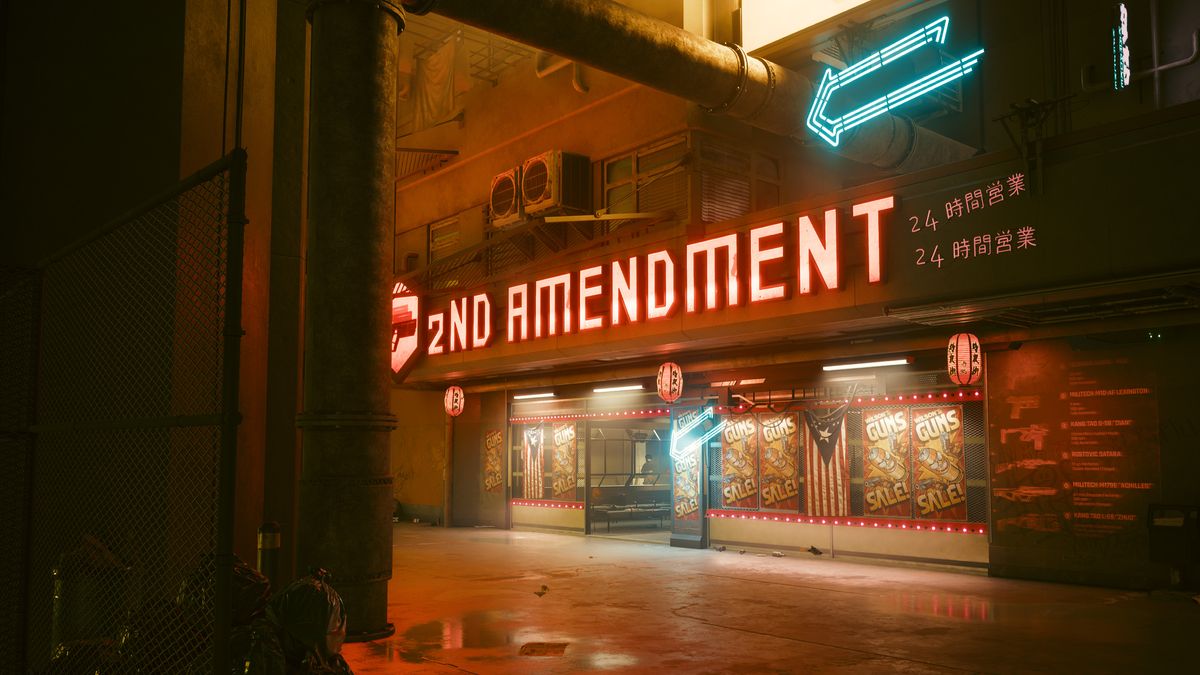DavidGraham
Veteran
Alex comments on the current situation between IHVs.
The conclusion to Tom's Hardware's review of DLSS 3.5 and Cyberpunk 2077's 2.0 update is very good - it really hammers home the situation right now and I agree with the sentiment there.
"It's a messy situation, and it's not likely to get any better in the near term. If there were some hypothetical universal solution that could provide upscaling, frame generation, ray reconstruction, and whatever Nvidia's engineers come up with next, things might be different."
The conclusion review is pointing out how NV has a higher quality in the software and it IS proprietary. Yes. A big reason why it is proprietary - other than money - is because it DOES require hardware ML accelleration in big quantities. How do we solve that situation?
Do we wait for NV to make their technology open to run on everything regardless of performance? They have no financial incentive to do that I bet. Do we wait for DirectX to make a meaningful generalised ML accelleration model for games? Microsoft has yet to signal that...
It is increasingly the case that Nvidia is dictating the advance of visual computing on PC because it is doing really great things in software (and in HW) and it IS an issue to maintaining competition due to the leapfrogging that is occuring.
One solution I have heard in the past is that we no longer have Direct X as it is today, but rather, vendor APIs (3 GLIDEs). That is messy? That is sooo 90s. Too much work? All AMD GPUS then would be covered with desktop, then you have NV and Intel. ehhhh
What about an optional situation where the game dev hands off the game pre-UI, pre-post processing to the driver, and the driver hands it back with DLSS/XeSS, FSR, Frame Gen, denoising, etc being applied? Each IHV then has its hardware and software stack leveraged? IDK
I think the party to solve it is Microsoft in this case and the DXR model is maybe an insight into how to do it? Yes it is a black box, but it is technically allowing for IHV specific innovation on hardware and software under the hood. Eh? Once again I have no idea.
The conclusion to Tom's Hardware's review of DLSS 3.5 and Cyberpunk 2077's 2.0 update is very good - it really hammers home the situation right now and I agree with the sentiment there.
"It's a messy situation, and it's not likely to get any better in the near term. If there were some hypothetical universal solution that could provide upscaling, frame generation, ray reconstruction, and whatever Nvidia's engineers come up with next, things might be different."
The conclusion review is pointing out how NV has a higher quality in the software and it IS proprietary. Yes. A big reason why it is proprietary - other than money - is because it DOES require hardware ML accelleration in big quantities. How do we solve that situation?
Do we wait for NV to make their technology open to run on everything regardless of performance? They have no financial incentive to do that I bet. Do we wait for DirectX to make a meaningful generalised ML accelleration model for games? Microsoft has yet to signal that...
It is increasingly the case that Nvidia is dictating the advance of visual computing on PC because it is doing really great things in software (and in HW) and it IS an issue to maintaining competition due to the leapfrogging that is occuring.
One solution I have heard in the past is that we no longer have Direct X as it is today, but rather, vendor APIs (3 GLIDEs). That is messy? That is sooo 90s. Too much work? All AMD GPUS then would be covered with desktop, then you have NV and Intel. ehhhh
What about an optional situation where the game dev hands off the game pre-UI, pre-post processing to the driver, and the driver hands it back with DLSS/XeSS, FSR, Frame Gen, denoising, etc being applied? Each IHV then has its hardware and software stack leveraged? IDK
I think the party to solve it is Microsoft in this case and the DXR model is maybe an insight into how to do it? Yes it is a black box, but it is technically allowing for IHV specific innovation on hardware and software under the hood. Eh? Once again I have no idea.



